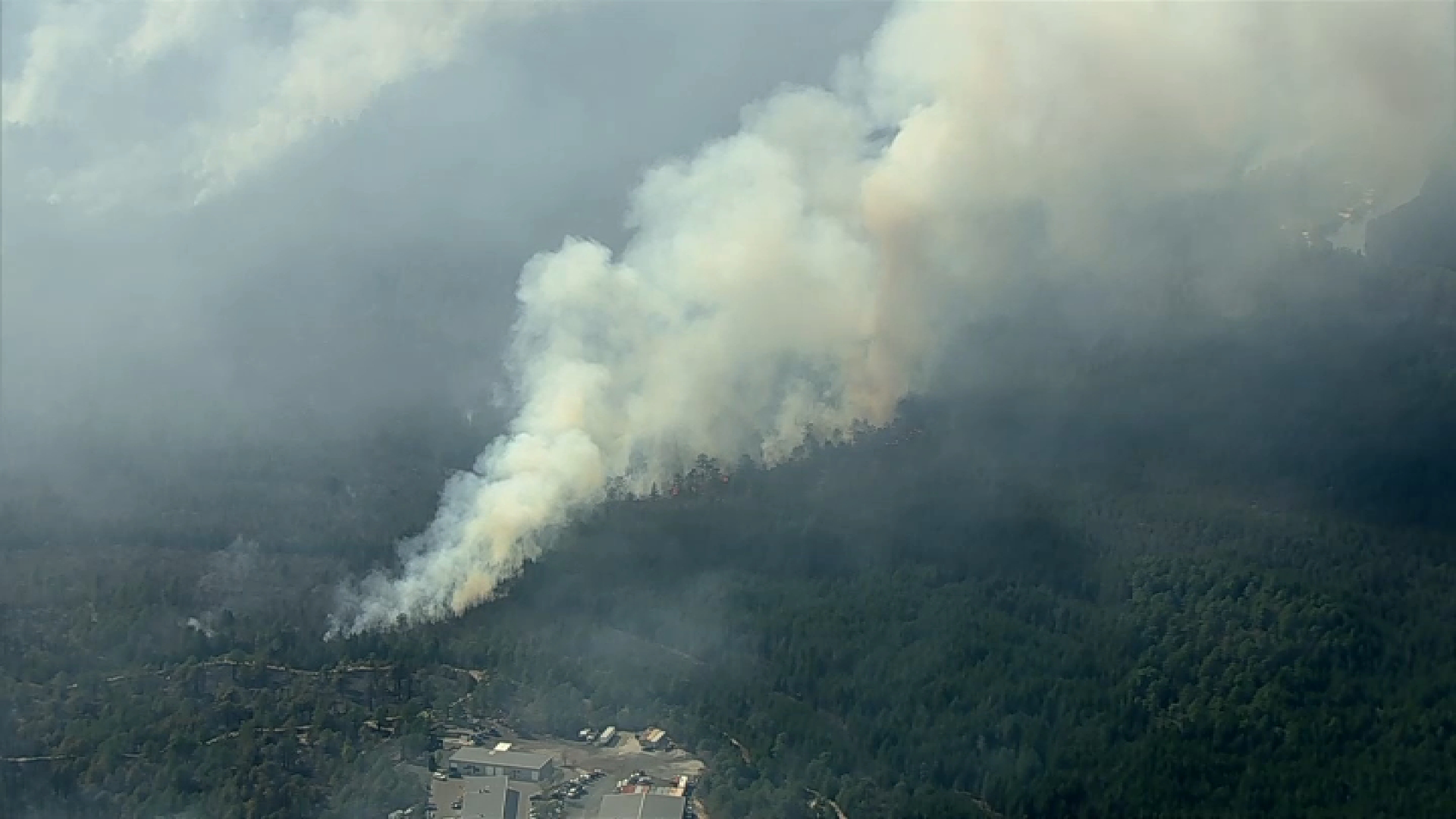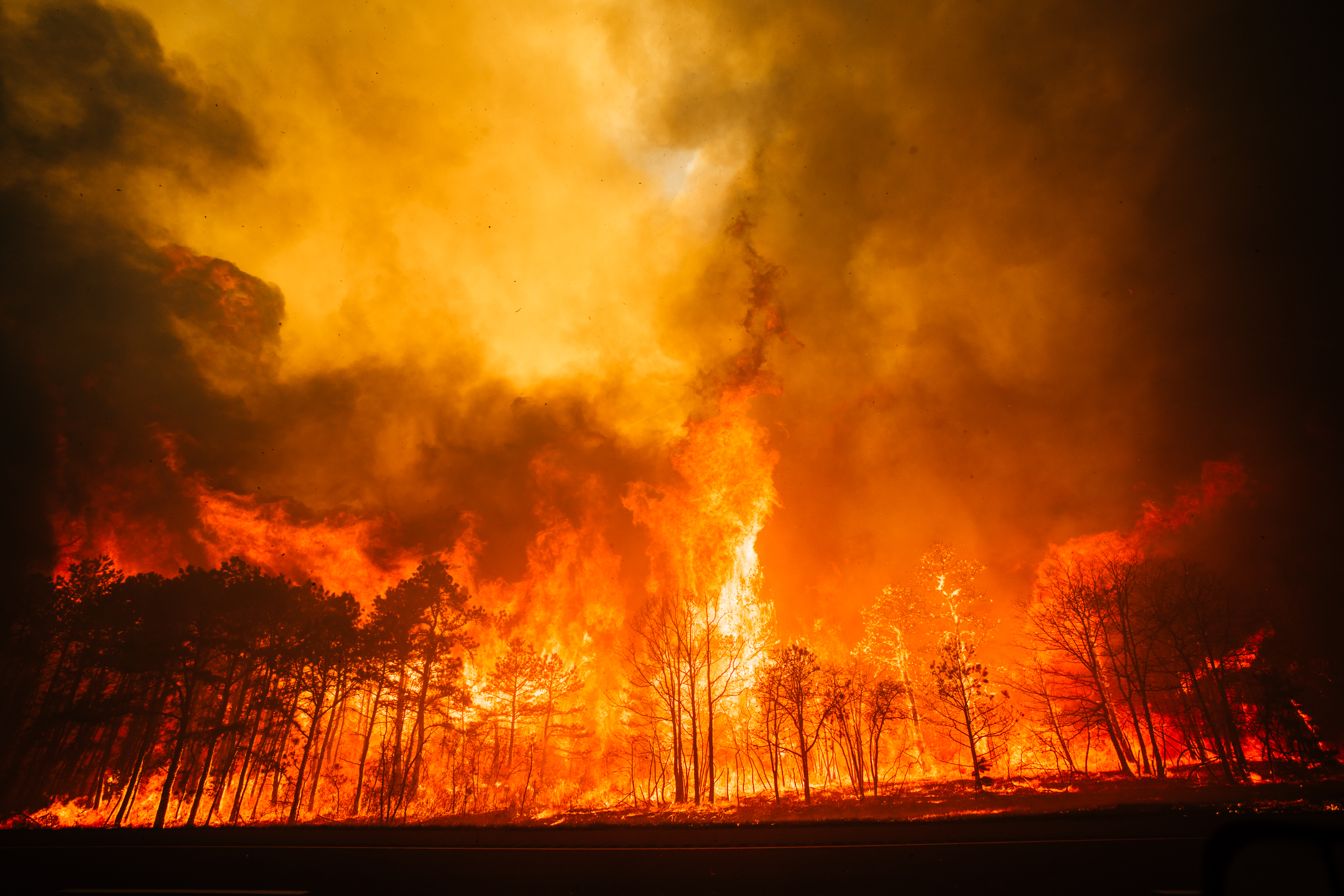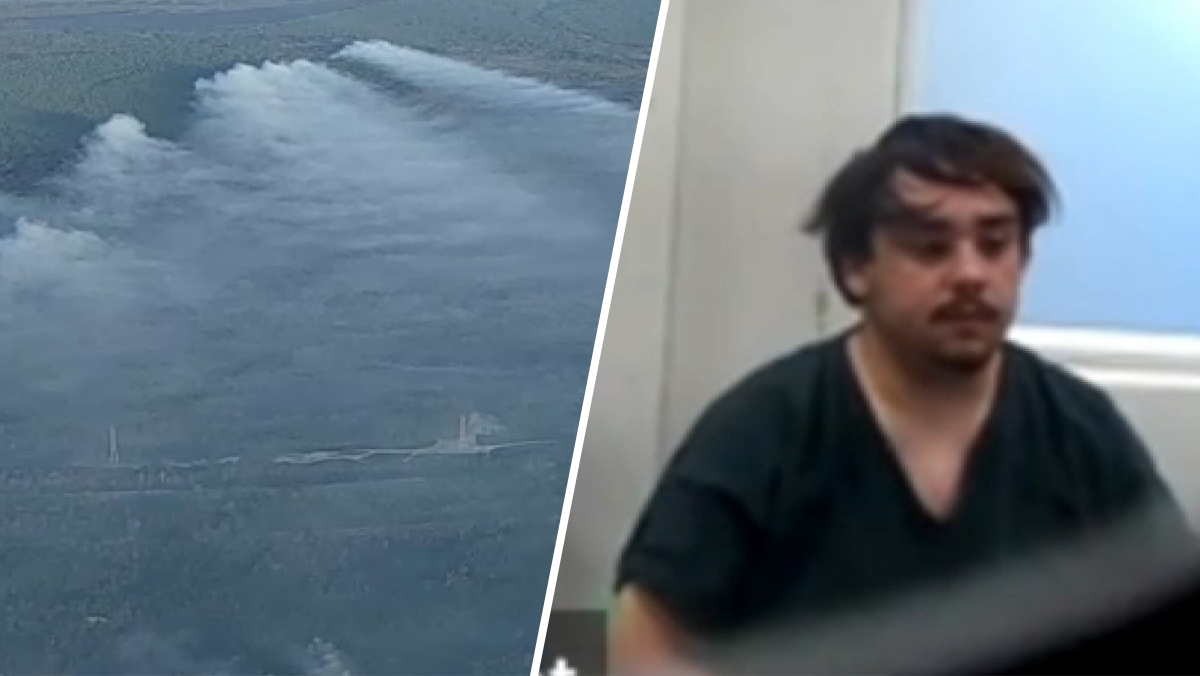NJ Wildfire Crisis: Latest Updates & How to Help
New Jersey Wildfire Crisis: Largest Blaze in 20 Years?
Introduction: A State Ablaze
Imagine waking up to a sky filled with smoke, the air thick with the scent of burning wood. That's the reality facing many New Jersey residents as a massive wildfire tears through Ocean County. This isn't just any fire; it has the potential to be the largest the Garden State has seen in two decades. We're talking about thousands of acres scorched, evacuations ordered, and lives disrupted. Let's dive into the details of this rapidly evolving situation.
The Spark: Where and When Did It Start?
The fire ignited on Tuesday, April 22nd, around 12:30 p.m. in the Greenwood Forest Wildlife Management Area in Barnegat Township, Ocean County. A seemingly small spark quickly transformed into a raging inferno, fueled by dry conditions and strong winds. What started as a localized incident quickly escalated, spreading rapidly and becoming a major emergency.
The Spread: From Barnegat to Lacey and Beyond
Like a hungry beast, the fire devoured everything in its path. It didn't stay confined to Barnegat Township. The flames aggressively spread to Lacey Township, where, tragically, a business was destroyed. The fire also reached Ocean Township, sending plumes of thick, white smoke billowing into the sky, visible for miles. The scale of the devastation is truly alarming.
Current Status: Acres Burned and Containment Efforts
As of Wednesday, April 23rd, at 7 p.m., the wildfire, now dubbed the "Jones Road Wildfire," had already consumed a staggering 13,250 acres. This is a huge area! While firefighters are working tirelessly, the fire remains a significant threat. The good news? Containment had reached 50%. But that still means a lot of active fire and a lot of work ahead.
Impact: Closures, Evacuations, and Threats
Garden State Parkway Shutdown
One of the immediate impacts of the fire was the closure of a stretch of the Garden State Parkway, a major artery for New Jersey. This caused massive traffic jams and disrupted travel for thousands of people. Think of it as a vital vein being blocked, disrupting the flow of everything.
Mandatory Evacuations: Lives Disrupted
Perhaps the most heartbreaking consequence of the fire is the mandatory evacuations. Thousands of residents were forced to leave their homes, unsure of what they would find upon their return. Imagine having to pack up your life in a matter of minutes, not knowing if your house will still be standing when you get back.
Threatened Structures: Homes and Businesses at Risk
The "Jones Road Wildfire" isn't just a threat to the environment; it's also a direct threat to homes and businesses. As of the latest update, 12 structures were considered to be under threat. Every moment counts in protecting these properties from the advancing flames.
The Heroes: Firefighters on the Front Lines
Let's not forget the brave men and women battling this blaze. Firefighters from across New Jersey, and even from neighboring states, are working tirelessly to contain the fire and protect lives and property. They are truly heroes, putting their own safety on the line to help others. Their dedication is inspiring.
The Cause: What Started This Inferno?
The exact cause of the fire is still under investigation. Was it a careless act? A discarded cigarette? Or something more sinister? Until the investigation is complete, we can only speculate. Finding the cause is crucial to preventing similar incidents in the future.
Weather Conditions: Fueling the Flames
Dry weather and strong winds have been major contributing factors to the fire's rapid spread. Think of it as pouring gasoline on a fire – the wind fans the flames, and the dry conditions provide ample fuel. Unfortunately, these conditions are expected to persist in the coming days, making the firefighters' job even more challenging.
Environmental Impact: A Devastating Loss
Wildlife Habitat Destruction
The Greenwood Forest Wildlife Management Area is a haven for wildlife, providing a home for countless animals. The fire has destroyed vast swaths of this habitat, leaving animals displaced and vulnerable. It's a tragic loss for the local ecosystem.
Air Quality Concerns
The smoke from the fire is not only unpleasant, but it also poses a serious health risk. Air quality has deteriorated significantly in the affected areas, leading to respiratory problems and other health issues. Residents are advised to stay indoors and limit their exposure to the smoke.
Community Response: How You Can Help
In times of crisis, communities come together. There are many ways you can help those affected by the fire, from donating to relief organizations to volunteering your time. Even small acts of kindness can make a big difference.
Looking Ahead: Prevention and Preparedness
This wildfire serves as a stark reminder of the importance of wildfire prevention and preparedness. We all have a role to play in protecting our communities from these devastating events. Here are some things you can do:
- Be careful with fire, especially in dry conditions.
- Properly dispose of cigarettes and other smoking materials.
- Create a defensible space around your home by clearing away brush and debris.
- Have an evacuation plan in place.
Lessons Learned: Adapting to a Changing Climate
Climate change is making wildfires more frequent and intense. We need to adapt to this new reality by investing in wildfire prevention and mitigation efforts, and by reducing our carbon footprint. The future depends on it.
Expert Opinions: Insights from Fire Professionals
We reached out to several fire professionals for their insights on the "Jones Road Wildfire." They emphasized the importance of early detection and rapid response in containing wildfires. They also highlighted the challenges posed by dry conditions and strong winds.
Conclusion: A Call to Action
The New Jersey wildfire is a serious situation that demands our attention and support. It serves as a reminder of the destructive power of nature and the importance of preparedness. Let's support our firefighters, help those affected, and work together to prevent future wildfires. This isn't just a New Jersey problem; it's a problem that affects us all.
Frequently Asked Questions
- What is the current size of the "Jones Road Wildfire"? As of the last update, the fire has burned approximately 13,250 acres.
- Are there any active evacuation orders? Yes, specific areas within Ocean and Lacey Townships have mandatory evacuation orders in place. Check local authorities for the most up-to-date information.
- How can I donate to help the victims of the wildfire? Many local charities and relief organizations are accepting donations. Check with reputable organizations to ensure your donation goes to those who need it most.
- What are the symptoms of smoke inhalation? Symptoms can include coughing, shortness of breath, wheezing, and chest pain. Seek medical attention if you experience any of these symptoms.
- What can I do to protect my home from wildfires? Create a defensible space by removing brush and debris from around your home, and make sure you have a wildfire evacuation plan.


